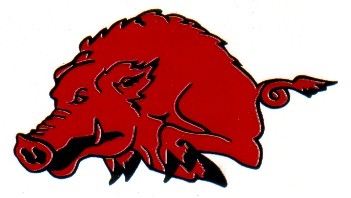Goals for Chapter 19
1. Predict how an element will form chemical bonds based on its location in the periodic table
2. Describe what an ion is and how it is formed.
3. Compare and contrast ionic, covalent and metallic bonding. Show what happens to the electrons of the elements in each
type of bond.
4. Write the oxidation number of any element in Groups 1-2 and 13-18 using the Periodic Table
5. Predict chemical formulas of binary compounds using oxidation numbers
6. Use Roman numerals to show cases where a metal can have more than one oxidation number.
7. Write and use these polyatomic ions in chemical formulas: ammonium, carbonate, hydronium, hydroxide, nitrate, phosphate,
sulfate.
8. Write binary ionic compounds in the proper format.
9. Use prefixes to properly name covalent compounds.
10. Use examples to show the difference between empirical and molecular formulas.
11. Calculate the formula weight of a molecule using the Periodic Table.
12. Calculate the formula weight of a hydrate.
